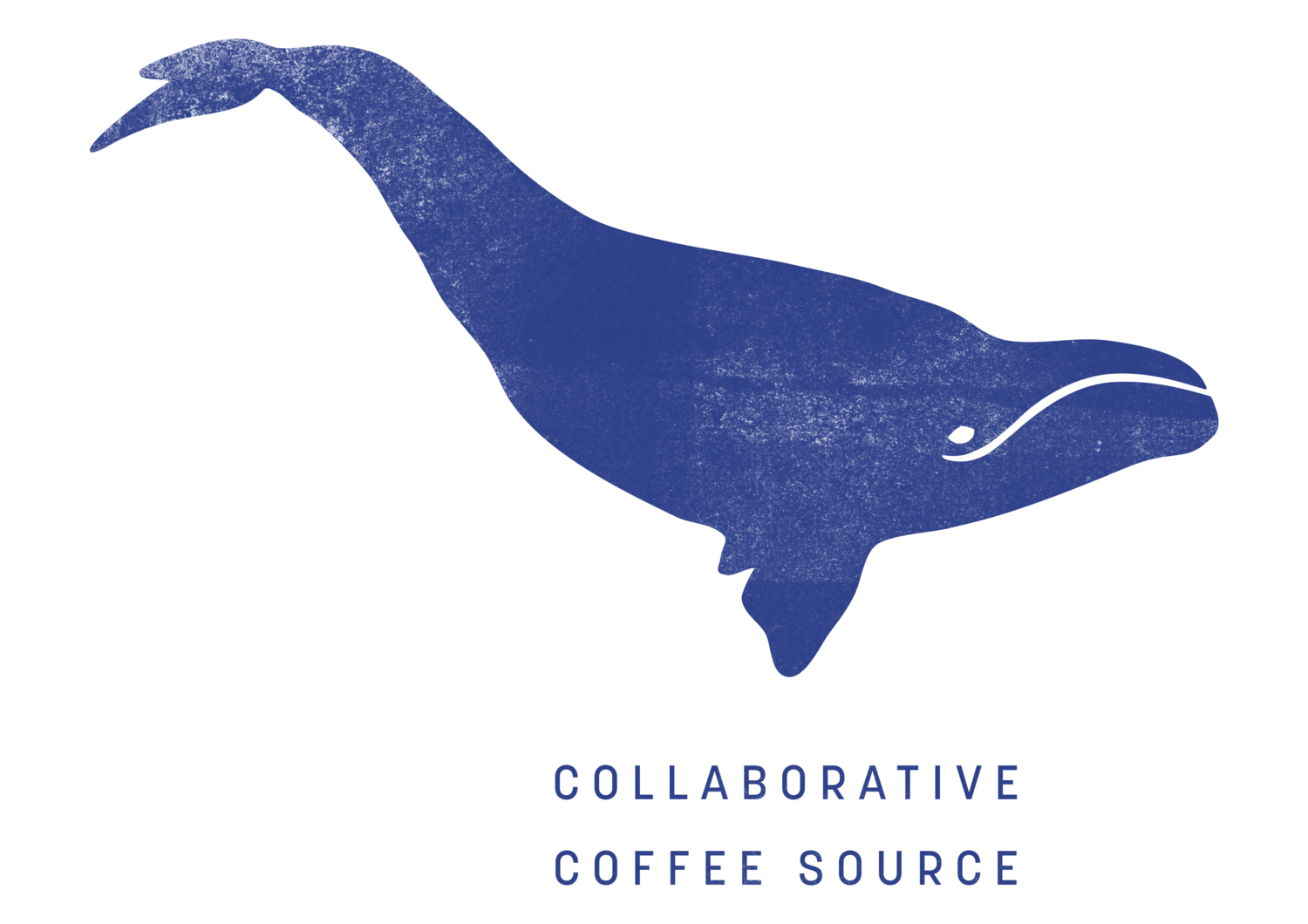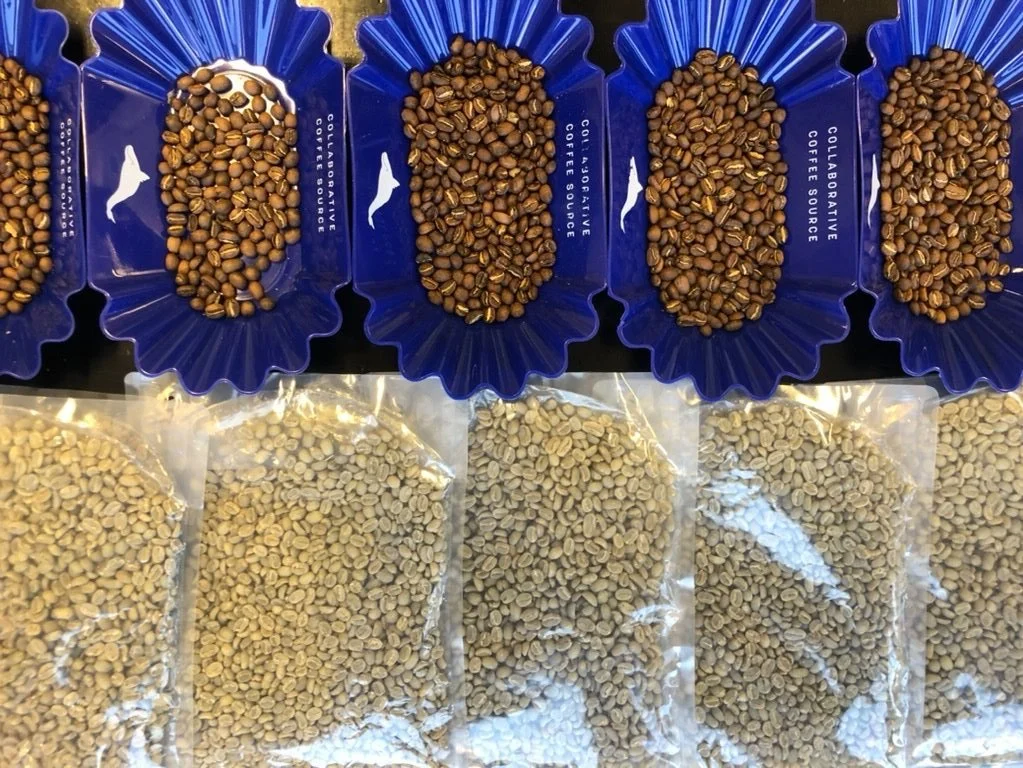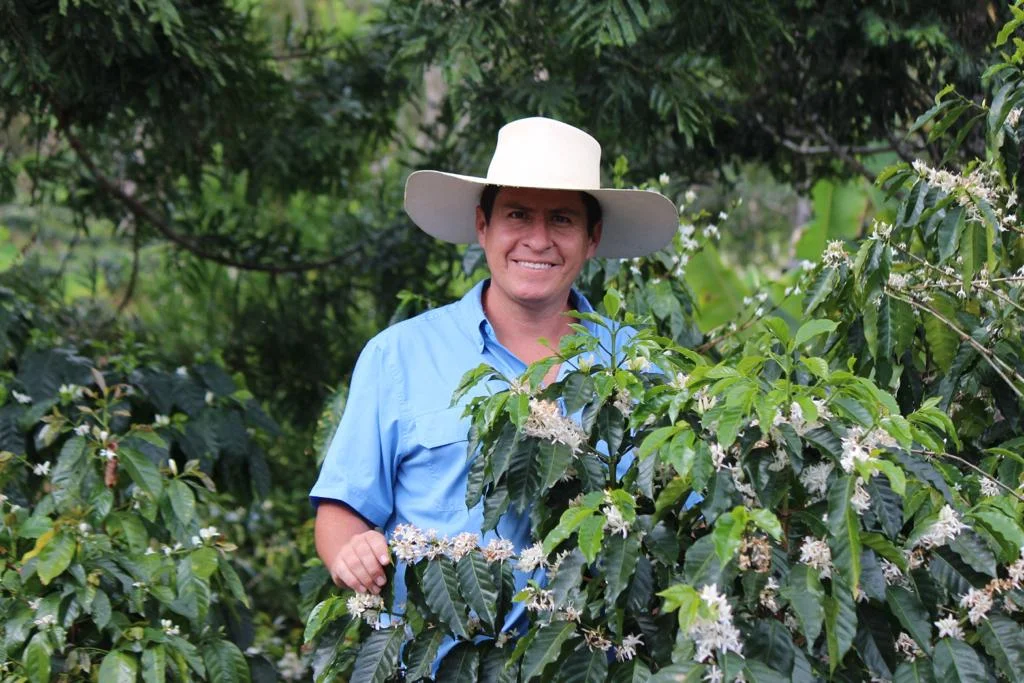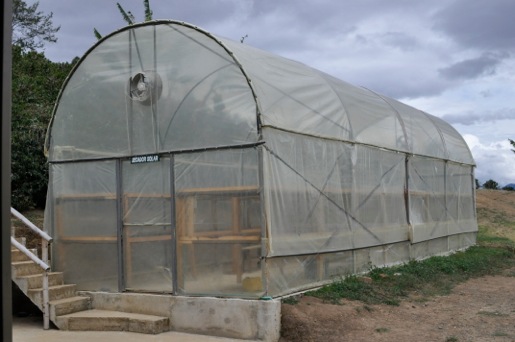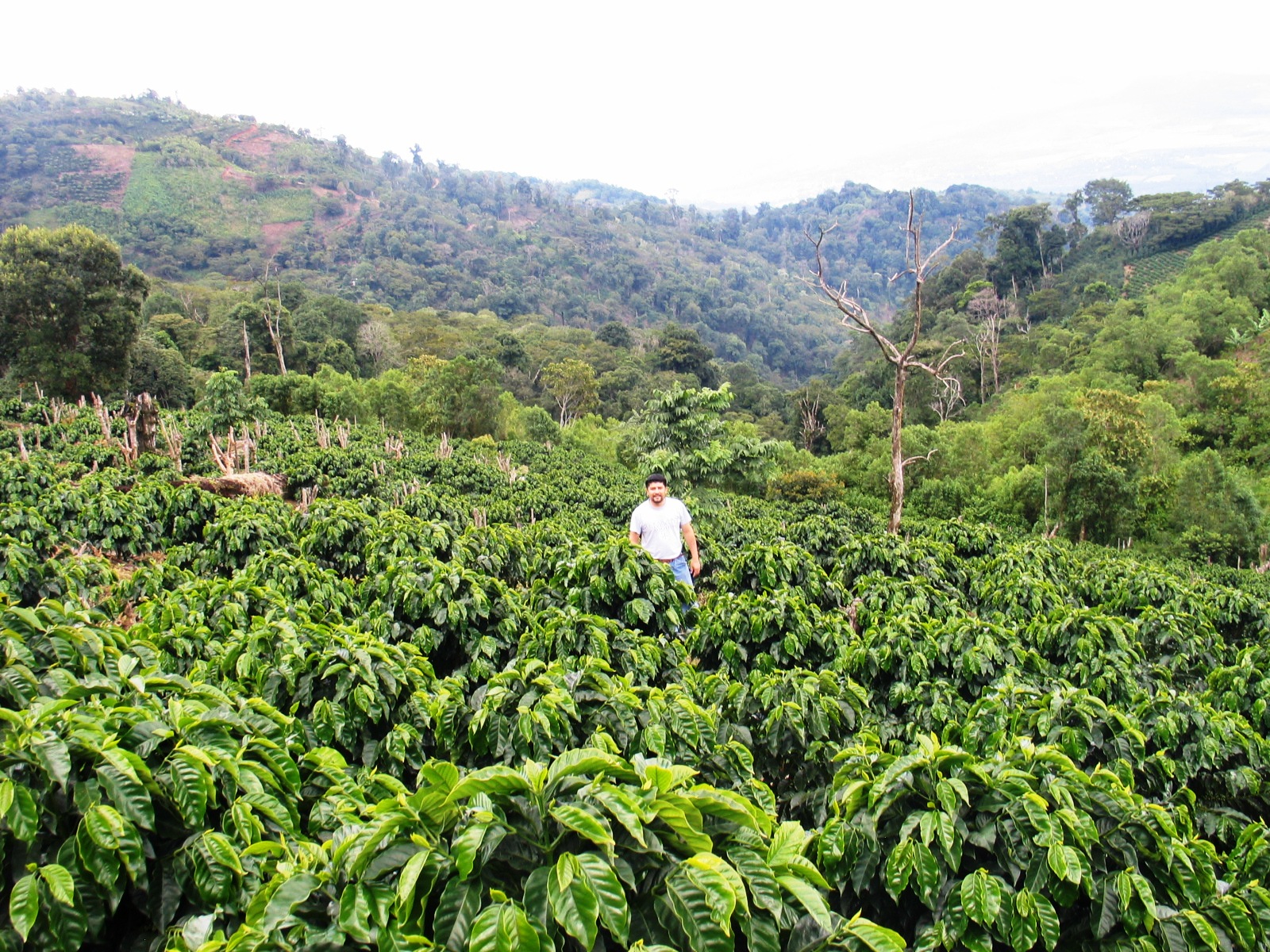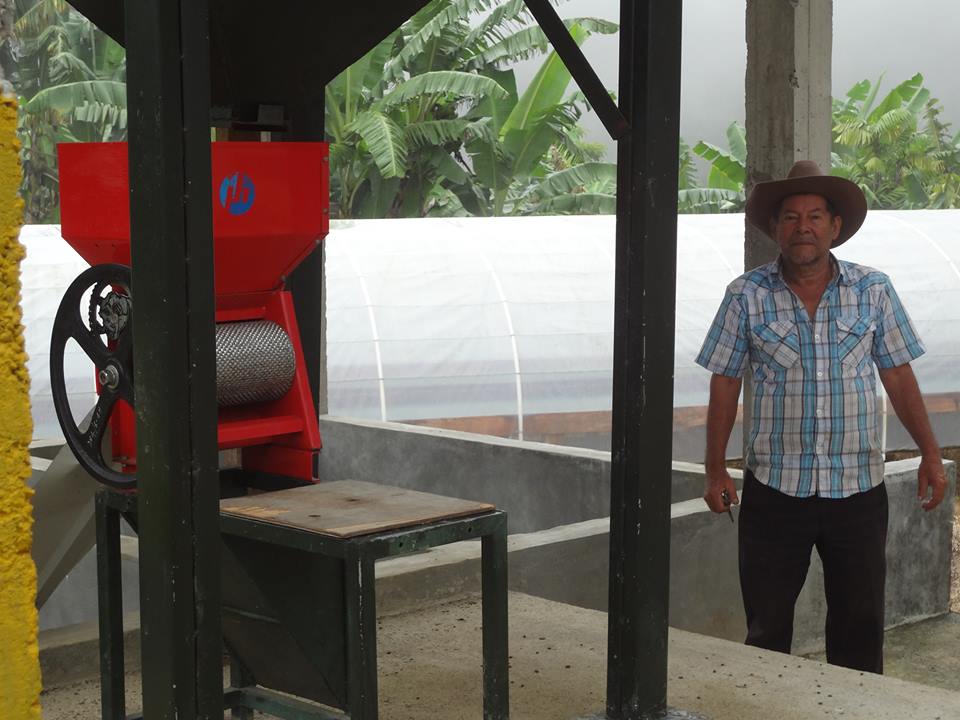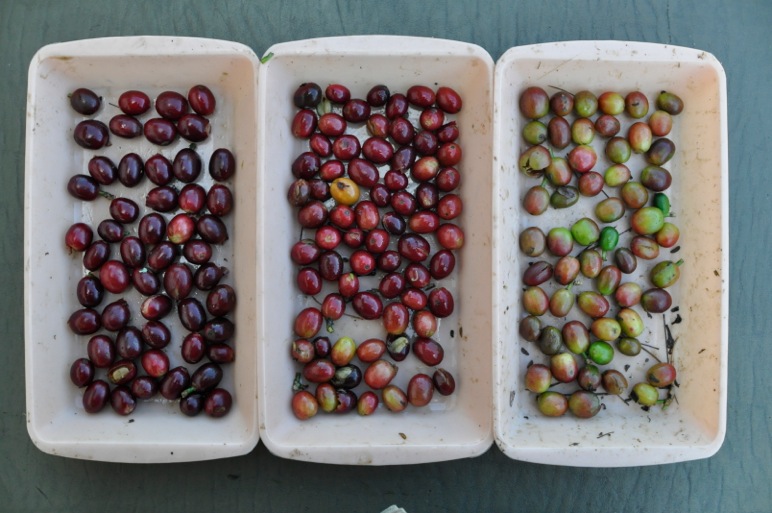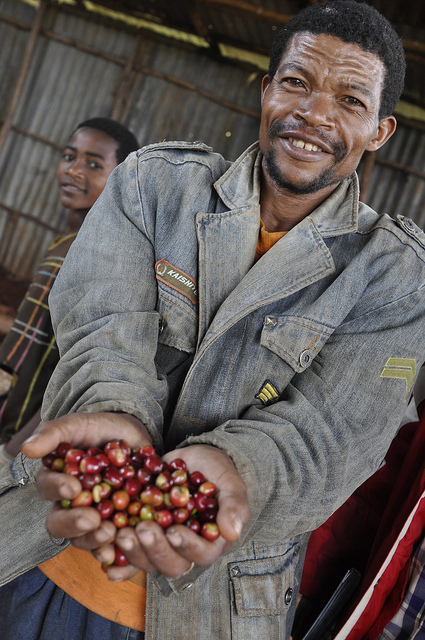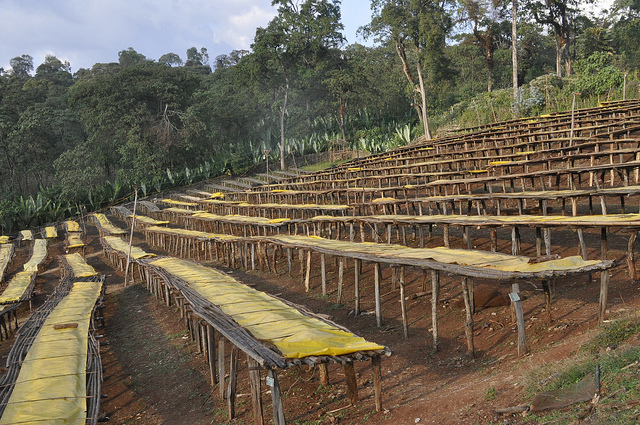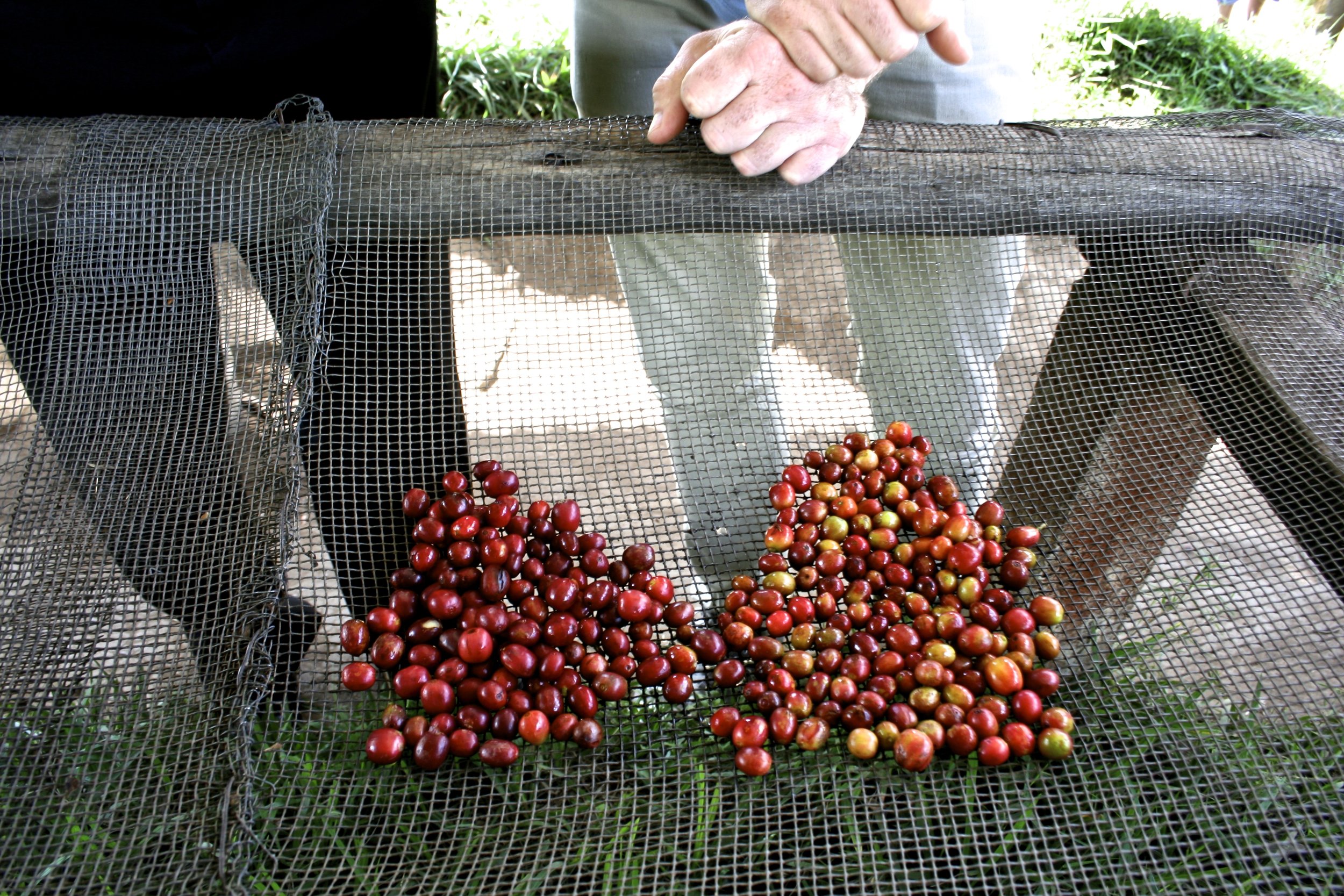Name: Sitio Fernandes
City: Pedralva
Total estate area (acre): 67
Altitude (masl): 1160-1330
Varietals: Bourbon, Mundo Novo, Acaia
About
The estate first belonged to Mr. Mario Fernandes who in 1974 was raising cattle and producing sugar cane. During this time coffee prices were experiencing rapid growth and the family decided to plant their first crop of coffee, which unfortunately coincided with the “Great Frost of 1975” and another big frost problem two years after.
The eldest son of family, Mr. Marcelo Fernandes, had planned to move to São José dos Campos to study but with consecutive frosts and subsequent difficulties with the farm he decided to stay and work with his father in the coffee plantations. For over 20 years, the family had no machines for coffee processing and the marketing of their coffee was done through brokers who bought coffee without any knowledge about the quality, thereby offering low prices in relation to the costs coffee production required.
Marcelo and his siblings Paul, Sebastian, Vanderley and Carmen have therefore struggled over the years and felt they had little prospect for growth and profitability with the farm. The situation was exacerbated when the patriarch, Mario, died in 2009. After his passing, the situation on the farm became critical and the family had to make tough decisions, as the farm was already split into small plots amongst the brothers, making each endeavor even less profitable. Usually in Brazil, the consequence of these kinds of realities is that the farm is sold with the former owners moving into the cities.
Instead, the brothers invested in infrastructure and mechanization to improve productivity and overall quality of the coffees. They built a single processing center for all the individual plots, which has a simple dryer and a small milling machine. The brothers were thus able to increase the productivity of each plot began seeing the benefits of correctly dried coffees. Improvements to processing led to a discovery of the huge potential of producing specialty coffees with unique characteristics of the micro region. An added result is that the family is able to inspire future generations to learn and continue with the coffee business.
One of the “next generation” is Marcela who is working in the quality department of CarmoCoffees, roasting and cupping coffees, which will undoubtedly contribute to her family’s business.
Background to Carmo de Minas
Over the past decade, Brazil as a nation has experienced fantastic economic growth in every field, with higher purchasing power and an ever-increasing standard of living. At least 20 million people have risen above the poverty-line and the middle-class has grown by 40 million in a relatively few number of years. The value of labor has also increased: Brazil now has full employment and rising wages. All of this naturally affects the cost of coffee production in general, but it especially affects labor-intensive coffee (read: new processing methods with even higher costs). In some cases it is difficult to find labor at all, especially for farm work. Incentives must be strengthened in order to keep people at work within coffee. And as the world’s largest producer of coffee, Brazilian coffee is the main component of blends all over the world. Thus, the price paid for Brazilian coffee is a reflection of the fact that coffee from here is considered a base product. In parallel with fluctuations in world markets and in the pricing of coffee in general, the specialty coffee segment has established its own price dynamics.
Although coffee is an old commodity in Brazil, over the past 10-12 years, the country has been showcasing its very best coffee and it has only been in the last 7-8 years that coffee in the Carmo de Minas municipality has been particularly noteworthy.
Carmo is one village among twenty in the Mantiqueira region, south of the Minas Gerais county, in Sul de Minas. In the same way that Burgundy is an important name in the French world of wine, Carmo de Minas has become a destination in the Brazilian coffee world. Some of its distinction can be attributed to topographic and climatic conditions, but as always, there are people engaged – from picking coffee cherries to processing; both crucial to the quality of the product. People make the difference.
Although many of the farms in this area have won awards and garnered attention in recent years, there have not really been radical changes in farming and processing methods. Not even in terms of picking. We believe that the area has achieved its status with a little bit of luck, good growing conditions, good plant material – mostly Bourbon – but otherwise quite ordinary craft. However, good coffee has come out of all this and as a result, Carmo has experienced a “clean sweep” in Cup of Excellence competitions. But the quality can be even better, as well as the amount of the best coffee increased.
Jacques Pereira Carneiro represents the new generation in Carmo. Together with cousin Luis Paulo (who currently is president of Brazil Specialty Coffee Association (BSCA)), he runs the coffee export firm Carmo Coffees. These two men represent a 5th generation of coffee farmers and they collectively oversee 12 farms and 6 processing stations – altogether owned by their Pereira family. This family is also members of the cooperative Coca Rive, which offers its members courses on taste evaluation, distribution of fertilizer and storage facilities. Coca Rive has 400 members and is the smallest of the smallest cooperatives in the Carmo region, with its 8000 coffee farms. Previously Coca Rive worked almost exclusively with commercial coffee in this area and a few years ago it was a challenge to fill even one container (300 bags) of specialty coffee. Last year Carmo Coffees sold 150 containers of coffee over 80-points. We at CCS expect true specialty coffee from 86-points, but know that this proportion is also increasing in Carmo.
Carmo’s reputation is so well established that there is an ever-increasing demand for more coffee of their quality. Carmo Coffees does not just work with its own family’s production; it works hard to provide coffee from farms outside the family’s, including coffee from other districts. Pedralva, for example, is just a few miles from Carmo de Minas and many of the farms here are good, with altitudes up to 1400 meters above sea level. The work now is for a few farmers to push the idea of working a little differently to achieve better quality. With higher prices in the specialty coffee segment comes the motivation to do better than before. According to Jacques, this change can be facilitated, but the first challenge is to pick a technique. On top of this are the added associated costs. Historically, the picking technique has been picking the coffee bush clean (stripping) during one picking and one harvesting season. Most people do this and even use partially mechanized equipment to do the job, which is more time-effective. But to get the sweetest coffee, you have to pick the sweetest, ripest cherries.
Minimum wage has increased to about $500 per month and although this is a low salary on any scale, these wages mean that the work of selective hand-picking coffee cherries represents up to 2/3 of the total cost of coffee production, even when coffee is sold at a 100% premium over commodity coffee.
